-

Infectious prion structure shines light on mad cow disease
Groundbreaking research from the University of Alberta has identified the structure of the infectious prion protein, the cause of “mad cow disease” or BSE, chronic wasting disease in deer and elk and Creutzfeldt-Jakob disease in humans, which has long remained a mystery. The infectiou...Read more -
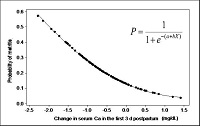
Risk Factors for Uterine Disease in Dairy Cows
Uterine diseases are highly prevalent in high-producing dairy cows. Metritis affects about 20% of lactating dairy cows, with the incidence ranging from 8% to >40% at some farms (Curtis et al. 1985; Galvão et al. 2009a; Goshen and Shpigel 2006; Hammon et al. 2006; Huzzey et al. 2007; Markusfeld...Read more -
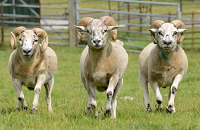
Sheep gene insights could help farmers breed healthier animals
Fresh insights into the genetic code of sheep could aid breeding programmes to improve their health and productivity. Scientists have mapped which genes are turned on and off in the different tissues and organs in a sheep’s body. Their findings shed new light on the animal’s complex ...Read more -

Some calves are inherently optimistic or pessimistic, just as humans are, a new University of British Columbia study has found.
Recognizing these individual personality differences is important to ensure animals are treated well, says professor Marina von Keyserlingk, who led the research team from UBC’s animal welfare program in the faculty of land and food systems. “Sometimes we are tempted to see only the h...Read more -
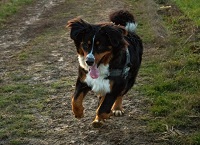
Why aren’t some dogs walked regularly?
A new study from the University of Liverpool in collaboration with The University of Western Australia has examined why some people feel motivated to walk their dogs regularly and others don’t. There are more than 8 million dogs in households across the UK. Unfortunately not all of them ar...Read more -

Scientists work to develop heat-resistant ‘cow of the future’
University of Florida scientists are working to breed the “cow of the future” by studying the more heat-tolerant Brangus cow — a cross between an Angus and a Brahman. Raluca Mateescu, an associate professor in the UF/IFAS department of animal sciences, is part of a team of UF/I...Read more -
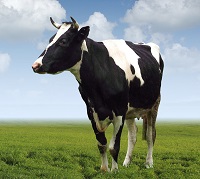
Researchers discover new cattle disease and prevent it from spreading
Following genetic studies of deformed calves, research is able to uncover a previously unknown disease found among Holstein cattle. The breeding bull from which the mutation and thus the deformation originate has now been put down to prevent the disease from spreading further. Within Danish cattl...Read more -
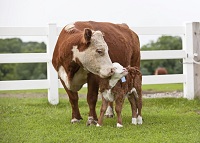
Rebreeding performance begins at calving time
Rebreeding efficiency comes down to three key words: body condition score. Body condition score (BCS) is a numeric estimate of the amount of fat on the cow’s body. BCS ranges from 1 to 9; 1 is emaciated, while 9 is extremely obese. A change in a single BCS, 4 to 5 for example, is usually associa...Read more -

Virus common among livestock depends on a micro-RNA to replicate
In the ongoing arms race between pathogenic viruses and the cells they infect, each side needs every advantage it can get. One way wily viruses can get a leg up is by subverting the microRNAs (miRNAs) of their host. These miRNAs are small stretches of RNA made by host cells to regulate gene expre...Read more -
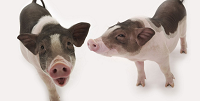
Protecting pigs from PRRS during reproduction
In the words of Kansas State University researcher Raymond “Bob” Rowland, his latest work is helping to eradicate a devastating swine disease. The disease is caused by the porcine reproductive and respiratory syndrome, or PRRS, virus. The virus costs the U.S. pork industry more than $...Read more -

Overcoming immune suppression to fight against bovine leukemia
The anti-bovine PD-1 rat antibody (left) was found unstable in the cow’s body and had no antiviral effect. So, the research team formed a rat-bovine chimeric antibody (right) which successfully showed an antiviral effect. Bovine leukemia is a systemic, malignant lymphosarcoma in cows which...Read more -
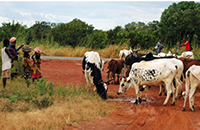
Mosquito preference for human vs animal biting has genetic basis
Mosquitoes are more likely to feed on cattle than on humans if they carry a specific chromosomal rearrangement in their genome. This reduces their odds of transmitting the malaria parasite, according to a University of California, Davis, study published Sept. 15 in the journal PLOS Gen...Read more -

Lactation, weather found to predict milk quality in dairy cows
The quality of colostrum — the nutrient-rich milk newborn dairy calves first drink from their mothers — can be predicted by the mother’s previous lactation performance and weather, according to new research from the NH Agricultural Experiment Station at the University of New Ha...Read more -
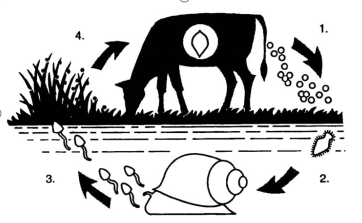
Liver Fluke Control in Beef Cattle
M.B. Irsik, Charles Courtney III, and Ed Richey The common liver fluke (Fasciola hepatica) is recognized as one of the most damaging parasites in Florida cattle. The liver fluke is a problem in the Gulf Coast states and the Pacific Northwest; in Florida, most infected cattle are found grazing low...Read more -

How the smallest bacterial pathogens outwit host immune defenses by stealth mechanisms
Despite their relatively small genome, mycoplasmas can cause persistent and difficult-to-treat infections in humans and animals. A study has shown how mycoplasmas escape the immune response. Mycoplasmas ‘mask’ themselves: They use their small genome in a clever way and compensate for ...Read more -
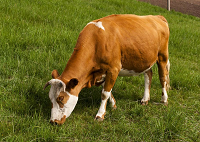
How blood-sucking insects find dark-coated cattle in the dark
Last year, biologist Susanne Åkesson at Lund University in Sweden, together with researchers in Hungary, received the Ig Nobel Prize in Physics. The prize was awarded to them for their research showing that dark-coated horses suffer more from blood-sucking horseflies compared to their white coun...Read more -
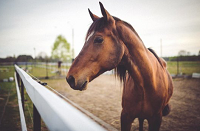
Horses get the flu, too
Flu vaccines for horses haven’t been updated in more than 25 years, but researchers have developed a new live equine influenza vaccine that’s safe and more protective than existing vaccines. Proactively preventing the spread of flu in animals is important, as animals are the most lik...Read more -
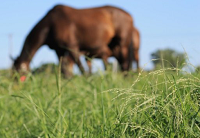
Grazing horses on better pastures
Horses are grazing annual warm-season forages in St. Paul, Minnesota. When you picture a horse, you may imagine it grazing contentedly in a grassy pasture. Grazing lets horses move around naturally outdoors and socialize with other horses. And grass is an easily available, nutritious feed...Read more -
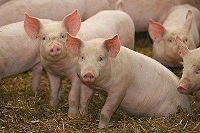
Getting a better handle on methane emissions from livestock
Cattle, swine and poultry contribute a hefty portion to the average American’s diet, but raising all this livestock comes at a cost to the environment: The industry produces a lot of methane, a potent greenhouse gas. Just how much gas the animals release, however, is the subject of debate. ...Read more -

Gene therapy can cure lameness in horses, research finds
Injecting DNA into injured horse tendons and ligaments can cure lameness, new research involving scientists at Kazan Federal University, Moscow State Academy and The University of Nottingham has found. The gene therapy technology was used in horses that had gone lame due to injury and within two ...Read more -

Environmentally friendly cattle production
Three hundred years ago, enormous herds of bison, antelope and elk roamed North America, and the land was pristine and the water clean. However, today when cattle congregate, they’re often cast as the poster animals for overgrazing, water pollution and an unsustainable industry. While som...Read more -
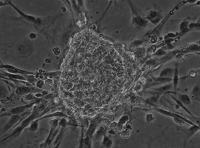
Efficient technique discovered for isolating embryonic stem cells in cows
Findings could advance cattle production, help study human disease For more than 35 years, scientists have tried to isolate embryonic stem cells in cows without much success. Under the right conditions, embryonic stem cells can grow indefinitely and make any other cell type or tissue, which has ...Read more -
Cracking the genetic code for complex traits in cattle
A massive global study involving 58,000 cattle has pinpointed the genes that influence the complex genetic trait of height in cattle, opening the door for researchers to use the same approach to map high-value traits including those important for beef and milk production. The University of Queens...Read more -
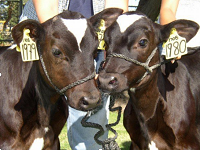
Cow gene study shows why most clones fail
Dot and Ditto, two healthy cloned calves born at UC Davis in 2003. While Dot and Ditto were healthy and went on to have calves of their own, many cloned embryos fail. A new study shows that many genes are abnormally regulated in cloned embryos, especially in extra embryonic tissue and the...Read more

